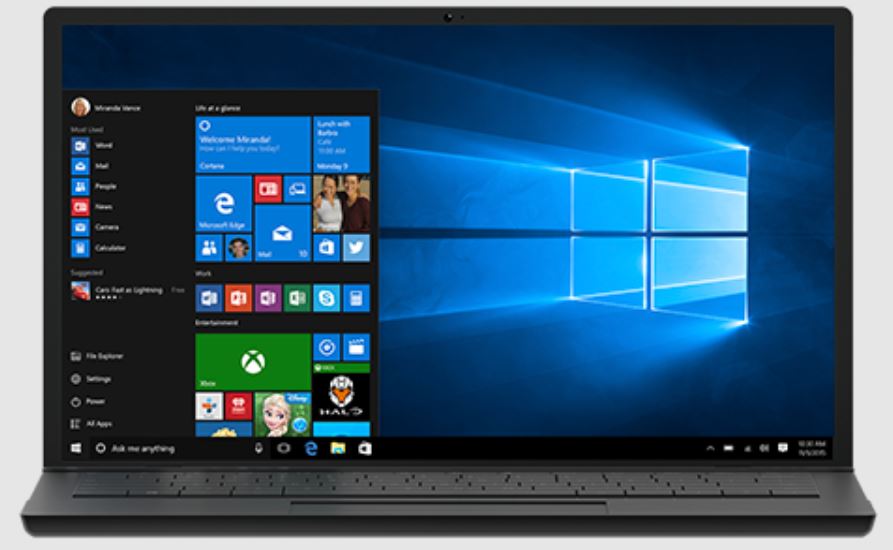Microsoft release Windows 10 Cumulative Update KB5005033
4 min. read
Updated on
Read our disclosure page to find out how can you help MSPoweruser sustain the editorial team Read more

Today Microsoft released Windows 10 Cumulative Update KB5005033 for all supported versions of Windows 10.
The highlight of the update is of course the fix for the privilege escalation issue when installing printer drivers, and Microsoft says it updates the default installation privilege requirement so that you must be an administrator to install drivers when using Point and Print.
KB5005033 has been released for Windows 10, version 2004, Windows 10, version 20H2, and Windows 10, version 21H1, taking the operating systems to builds 19041.1165, 19042.1165, and 19043.1165 respectively.
It brings the following fix:
This security update includes quality improvements. Key changes include:
Changes the default privilege requirement for installing drivers when using Point and Print. After installing this update, you must have administrative privileges to install drivers. If you use Point and Print, see KB5005652 , Point and Print Default Behavior Change , and CVE-2021-34481 for more information.
KB5005033 has the following known issues:
| symptom | Workaround |
| When using the Microsoft Japanese Input Method Editor (IME) to enter Kanji characters in an app that automatically allows the input of Furigana characters, you might not get the correct Furigana characters. You might need to enter the Furigana characters manually.
Note The affected apps are using the ImmGetCompositionString () function. |
We are working on a resolution and will provide an update in an upcoming release. |
| Devices with Windows installations created from custom offline media or custom ISO image might have Microsoft Edge Legacy removed by this update, but not automatically replaced by the new Microsoft Edge. This issue is only encountered when custom offline media or ISO images are created by slipstreaming this update into the image without having first installed the standalone servicing stack update (SSU) released March 29, 2021 or later.
Note Devices that connect directly to Windows Update to receive updates are not affected. This includes devices using Windows Update for Business. Any device connecting to Windows Update should always receive the latest versions of the SSU and latest cumulative update (LCU) without any extra steps. |
To avoid this issue, be sure to first slipstream the SSU released March 29, 2021 or later into the custom offline media or ISO image before slipstreaming the LCU. To do this with the combined SSU and LCU packages now used for Windows 10, version 20H2 and Windows 10, version 2004, you will need to extract the SSU from the combined package. Use the following steps to extract the using SSU:
If you have already encountered this issue by installing the OS using affected custom media, you can mitigate it by directly installing the new Microsoft Edge . If you need to broadly deploy the new Microsoft Edge for business, see Download and deploy Microsoft Edge for business . |
| After installing the June 21, 2021 ( KB5003690 ) update, some devices cannot install new updates, such as the July 6, 2021 ( KB5004945 ) or later updates. You will receive the error message, “PSFX_E_MATCHING_BINARY_MISSING”. | For more information and a workaround, see KB5005322. |
| After installing this update, the Elastic File System (EFS) API OpenEncryptedFileRaw (A / W) , often used in backup software, will not work when you back up to or from a Windows Server 2008 SP2 device. OpenEncryptedFileRaw will continue to work on all other versions of Windows (local and remote). | This behavior is expected because we addressed the issue in CVE-2021-36942.
Note If you cannot use backup software on Windows 7 SP1 and Server 2008 R2 SP1 or later after installing this update, contact the manufacturer of your backup software for updates and support. |
You can download the update by Checking for Updates in Settings or from the Microsoft Update Catalogue website.








User forum
0 messages